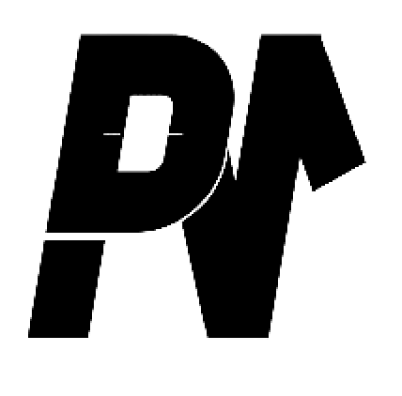#1 Amino Spiking
This one is a “greasy” little trick known as amino spiking. To better understand what this is, let’s first talk about the protein powder manufacturing process.
It’s important to understand that when protein powders are tested to analyze how many grams of protein they contain per serving, the total amount is not based on how much complete protein it contains. Instead, it is based on the total nitrogen content of the powder.
This opens up a labeling loophole that supplement companies can take advantage of. You see, singular amino acids (which are the building blocks of protein and contain nitrogen) can be added into the powder separately to artificially raise the protein gram number on the label.
Essentially, some companies put in a certain amount of legitimate complete protein, but then inflate that protein count further by dumping in singular, free-form amino acids on top. Of course, they use the absolute cheapest ones so that they can save on costs.

#2 False Claims
Some supplement companies try to portray their protein powder as some kind of high tech, magical, muscle-building potion that’s going to skyrocket your results in comparison to other good quality protein sources, whether that’s regular solid food protein or a different type of protein powder.
Now yes, on a gram for gram basis, protein powders (when formulated properly) are very high quality sources of protein. These include whey protein, casein, egg white protein, and even plant based powders. Each has a high bioavailability and a strong amino acid profile, and those are all good things.
But, also keep in mind that as long as you’re consuming enough total protein for the entire day, (around 0.8 grams per pound of body weight or 1.8 grams per kilogram) you’ll have gotten all the amino acids you need to optimize muscle recovery and growth. If your meals are generally based around some kind of complete protein source—chicken, fish, steak, etc.—then protein quality isn’t something you need to obsess over.
When it all comes down to it, protein powders are optional. You don’t have to use them.
You don’t have to consume a liquid protein shake pre workout, or post workout, or before bed. There’s no special benefit there, and I even say this as someone who owns a supplement line and has a protein powder in development. In reality, protein powder isn’t even a supplement. It’s a lot more accurate to just think of it as a convenient food product. Whether it’s whey, or casein, or egg, or pea protein, these powders are derived from food sources. They literally are food.
ne is a “greasy” little trick known as amino spiking. To better understand what this is, let’s first talk about the protein powder manufacturing process.
It’s important to understand that when protein powders are tested to analyze how many grams of protein they contain per serving, the total amount is not based on how much complete protein it contains. Instead, it is based on the total nitrogen content of the powder.
This opens up a labeling loophole that supplement companies can take advantage of. You see, singular amino acids (which are the building blocks of protein and contain nitrogen) can be added into the powder separately to artificially raise the protein gram number on the label.
Essentially, some companies put in a certain amount of legitimate complete protein, but then inflate that protein count further by dumping in singular, free-form amino acids on top. Of course, they use the absolute cheapest ones so that they can save on costs.

#3 Proprietary Blends
Some supplement companies try to portr
Now, this one isn’t necessarily a straight up filthy “scam.” However, it is something you should be aware of because it’s something a lot of supplement companies take advantage of on purpose, and it can be misleading. I honestly don’t understand how this is so prevalent.
Using proprietary blends when listing out the protein sources in the product is something that almost every protein powder blend on the market does.
In other words, if you look at protein powders that include more than one type of protein, the label virtually never tells you how much of each protein source you’re getting.
Instead, the company will just list the total grams of protein. Then, they’ll list of the different types of protein that are in there, but not the specific amounts.
The most common example: let’s say you’re buying a powder that uses a blend of whey concentrate and whey isolate. Almost never will the product state how much whey concentrate and how much whey isolate you’re specifically getting. Instead, it’ll usually just be listed like this:
Always keep in mind that the most prominent ingredient has to be listed first. For all you know, this could very well be 95% whey concentrate and 5% whey isolate.
Or, if you’re buying a blend of milk protein, whey isolate, and egg white protein, and it’s using a proprietary blend, again, it could literally be 98% milk protein, 1% whey isolate, and 1% egg white protein. You just have no way of knowing.

